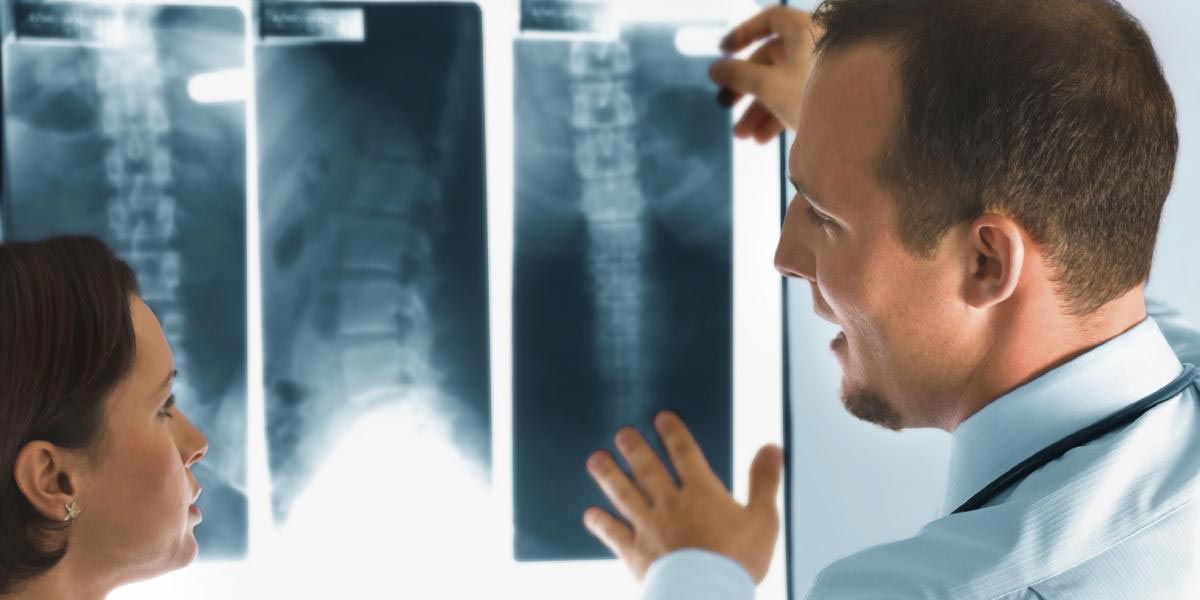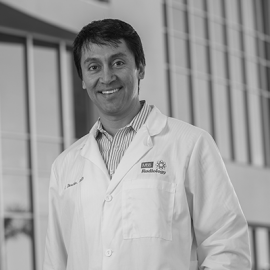
MBB Radiology provides complete musculoskeletal (MSK) imaging and intervention services. Our service includes both conventional and state-of-the-art techniques such as imaging guided interventional procedures. Our MSK imaging team has decades of combined experience.Each of our subspecialty MSK radiologists is fellowship trained, providing a full complement of physicians with extensive experience and special interest in musculoskeletal and body imaging.

Included are physicians who have targeted training in sports medicine, body imaging, complicated arthritis and rheumatology, as well as orthopedic tumors. Our MSK radiologists have been educated and trained at many of the country’s most respected institutions including the Mayo Clinic, Harvard, Duke, Vanderbilt, and Washington University. When it comes to your care, take a closer look at who is providing the interpretation of your imaging study and have confidence in MBB Radiology.
In addition to treating you and your family we also provide expert image interpretation for the Jacksonville Jaguars, a National Football League team, as well as many other professional and amateur athletes in Northeast Florida.
Musculoskeletal imaging is not a one-size-fits-all specialty. The choice of one or more imaging examinations depends on the specific needs of our patient. MBB radiologists are routinely in consultation with your doctors to discuss your case and recommend the most appropriate test. At MBB radiology you can rest assured in our experience and commitment to your care.

